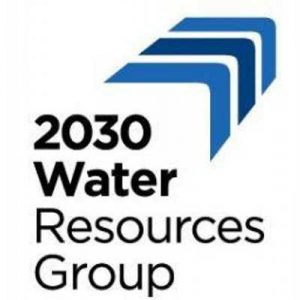Primary Functions
- Improve understanding of water use by construction product manufacturers.
- Find guidance for increasing water efficiency and mitigating water stress.
Detailed Description
Construction product manufacturers use water in a wide variety of ways throughout their manufacturing processes. Water can serve as a lubricant, a cleaning agent, a sealant, a heat transfer medium, a solvent, an air pollution control medium and an array of other uses depending on the materials and products being produced. Different uses of water for manufacturing purposes may also have different requirements for water quality and quantity.
The principal source of water for manufacturing is from the public mains supplied by a water company. A secondary source is directly abstracted water from either a river or ground source, which requires an abstraction license and is especially important for some sectors such as for mineral and aggregate extraction. Other important back up sources of water are harvested rainwater such as collected on site perhaps in tanks from roof run-off. Recycled water plays a part where it can be reused from one process into a second process. Use of water by manufacturers may be described as consumptive i.e. the water is used on site but not retained on site, for instance water in staff toilets is usually flushed away down the sewer, or else non-consumptive use which means the water is used but is returned to the source from which it is drawn. These differences have repercussions on the way water usage and impact is measured.
While manufacturers use water, they also produce the products that help others in the built environment manage water better. There are four broad groups of construction products that facilitate better water management: those that help reduce water use in buildings, those that enable home and building owners to recycle water or use alternate sources to mains water, and products that channel rainwater runoff. There has been much innovation in recent years in all these product groups. For instance, considerable research has gone into creating showers that maintain the sense of water pressure while decreasing the actual amount of water used. New paving has been developed to manage in a controlled way surface water run-off, which allows for hard standing but enables water to drain away rapidly; an important attribute as the nation’s front gardens get paved over for cars.
Manufacturers measure their water usage at the factory level mainly because they have to pay for the mains water they use. Measurement of water abstracted and of effluent leaving a site is also increasingly common. Those with environmental permits have to report their water usage to the appropriate agency.
This publication on the role of water usage by manufacturers and distributors sits alongside a program of work by UK-based contractors to decrease the use of water on construction sites during the construction phase. Both contribute to a campaign by the wider UK construction community to improve the efficiency of resources, in this instance water, and to decrease carbon emissions.





